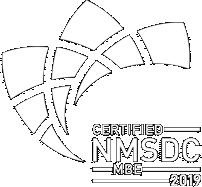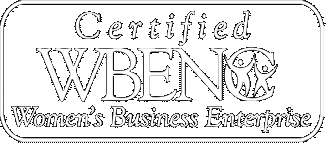Ready to empower
your brand?

The
Acceleration
of Change
in Higher Ed

Trends in Higher Ed today generate many more questions than answers. Teachers, students, parents—truth be told, we’re all figuring it out as we go, and at breakneck speeds. As our questions demonstrate, the “winds of change” are upon us, and the need for institutions to rise and meet this change is essential for success.
For students, assuredly every educational institution’s top concern, the changes witnessed in colleges and universities—and those changes still to come—are a big driver of anxiety and doubt. Online learning in the U.S. jumped from 35% to essentially 100% at a point in 2020, and since then the fate of in-person learning experiences has majorly hung in the balance. Students worry about a depreciated level of learning when online and feel their efforts have also payed forfeit; as one student surveyed said, “I am concerned that I will not be prepared for college because classes have been made easier and it has been harder for me to retain information without the in-class experience.” Others worry about how the outside world will portray a “pandemic degree,” fearing a unique sort of job market prejudice. And further still, many students—especially those of color who have been historically disenfranchised in academia—wonder if the high cost of attending school measures up to its value. With recent college enrollment rates declining by 16.4% and 32.6% in low- and high-poverty schools respectively, many have questioned Higher Ed’s worth.
KEY
CONSIDERATIONS
WHEN FACING
CHANGE
• What will student community look like in the future? What can we do to facilitate that school spirit and belonging?
• What can we do to foment professional networks that will serve our students for a lifetime?
• How do we serve all members of our community including teaching staff, administrative staff and others?
• What mix of degree vs. shorter term certificate/focused career study should we be offering?
• How do we remain “whole” in the midst of these financial challenges?
Institutions also have a litany of questions in this era of change. What mix of online, on-campus, and hybrid classes should we offer? What new skill sets do we need to incorporate in our educational offerings given our “new normal” to ensure our students are “job ready”? How do we ensure ALL students are heard, recognized, and provided the educational options they need to thrive? Many universities have struggled with the velocity of change they have experienced in the last 11 months, with technology, teaching methods, enrollment drops, and cost shifts all in play. Already, we are seeing likely long-term shifts at institutions in attempts to combat this, such as a greater focus on helping students find work; some smaller colleges, like Unity College in Maine, even ponder the idea of selling their physical campus, a massive overhead.
However, if there is one silver lining, it is that we have been forced to change, forced to adapt, forced to learn, and forced to become proficient. Although the changes we grapple with found their genesis in an unfortunate and unprecedented situation, some see this as the acceleration of change. On the topic of change in Higher Ed, Adam Weinberg of Ohio’s Denison University stated, “What COVID has done has accelerated them [changes], so we’re getting a decade’s worth of change over the next six to 18 months.” Many believe this means there is good change mixed in with the uncertainties. For example, some see virtual learning as an opportunity to learn globally, others to glean more supportive educational artifacts, and others, like non-traditional students, to gain alternatives to synchronous, physical classes. Additionally, many marginalized students of color have benefitted from the cancelation of standardized tests at some institutions, an action that many have long pleaded for since before the pandemic.
In looking at the present and pondering the future, the conversation turns to “Future Casting”—without the crystal ball—and how institutions must become comfortable with change since change is already here. At Marketingsi, this means employing trend analysis of landscape dynamics to feed into strategies that effectively address the needs of the institution as well as the communities they serve.
It’s no wonder educational institutions often benefit from an experienced, objective voice, helping them find the answers to their questions in ways that are authentic to them, enlisting tools such as:

- Competitive landscape mapping and evaluation
- Deep dive qualitative interviews, coupled with verifying quantitative research and trend analysis
- Virtual Future-casting workshops and co-creation of innovative strategies
- Planning and execution – through the creation of market relevant creative solutions
Ultimately, when reaching the execution, innovation and cutting-edge ideas are for naught unless institution and the partners that support them are ready for and comfortable with change. By applying key change management processes, the implementation of these strategies and programs will meet success.
Marketingsi works with many of our clients to generate both innovation and impact, melding daring thinking together with tried-and-true execution processes to handle change. We’d love to exchange ideas around challenges or questions you have to get to the right innovation and impact for your organization.
















